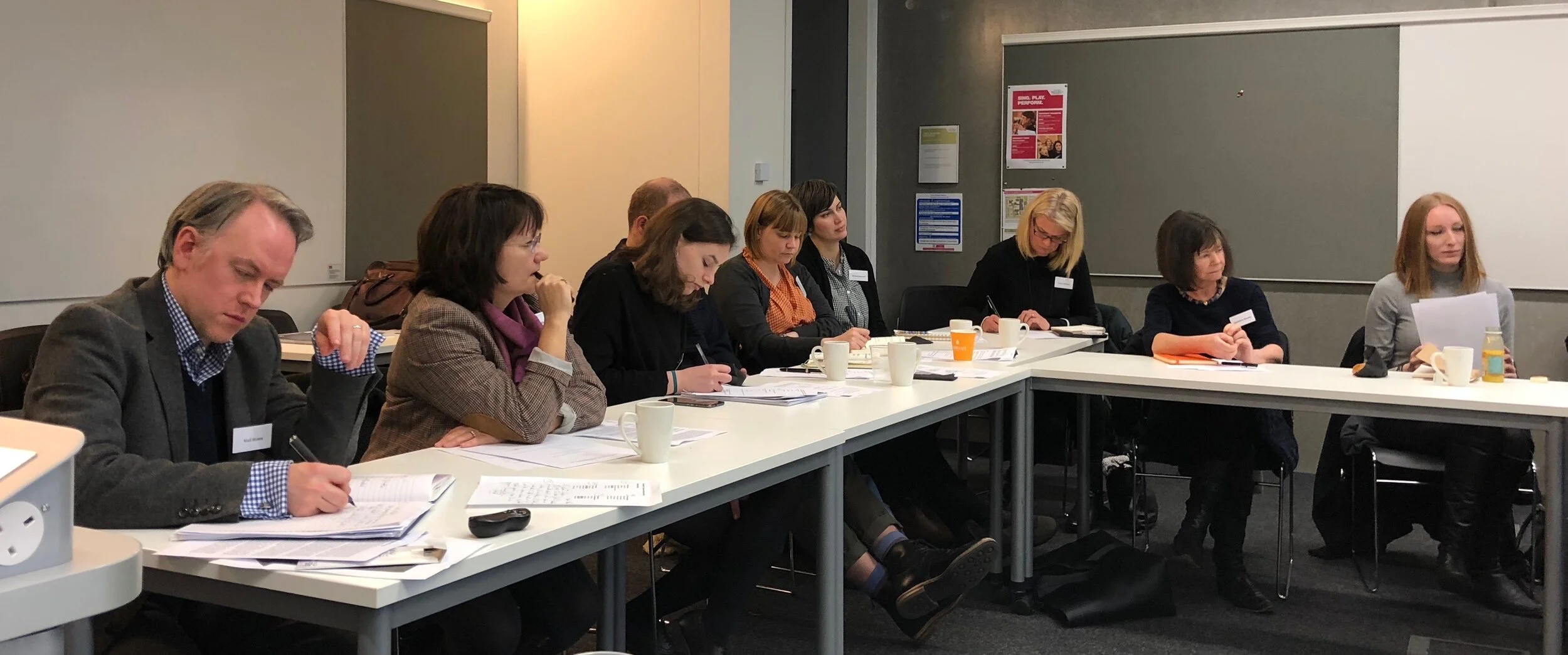Arts & Health: Who Delivers the Evidence!
Today, on Remembrance Day, a new piece of the evidence puzzle was released showing the unparalleled value of the Arts for health. The landmark report on Arts and Health by the World Health Organisation (WHO) builds on the WHO’s earlier report on the same topic also in 2019. Together these WHO reports provide further justification for governments at all levels to look for ways of investing in the Arts designed to deliver better health and wellbeing outcomes to the community.
WHO’s report is not the first, but it provides a level of insight, gravitas and depth that should, at the very least, give those in the health policy sector cause to re-evaluate the role of the Arts in delivering health and wellbeing outcomes in areas including:
Prevention and Promotion
Social health
Caregiving
Prevention of ill-health
Health promoting behaviours
Management and Treatment
Mental Health
Acute care
Neurological disorders
Noncommunicable diseases
End-of-life care
Earlier evidence includes:
Australian National Arts and Health Framework (2013)
“Australia’s Health Ministers and Cultural Ministers are committed to improving the health and wellbeing of all Australians and recognise the role of the arts in contributing to this.”
United States Arts, Health, and Well-Being Across the Military Continuum – White Paper and Framing a National Plan for Action(2013)
United Kingdom all-party parliamentary report Creative Health: The Arts for Health and Wellbeing (2017). The arts can help:
keep us well, aid our recovery and support longer lives better lived.
meet major challenges facing health and social care: ageing, long-term conditions, loneliness and mental health.
save money in the health service and in social care.
The Australian Productivity Commission’s report titled A better way to support veterans undertook its own thorough review of the evidence and concluded that “Art therapy and facilitated arts engagement could be particularly important for the large and growing proportion of rehabilitating veterans with mental illness.”
Over the course of ANVAM’s journey the evidence for the benefits of Arts & Health has shaped the way ANVAM approaches providing facilitated Arts engagement services. All the evidence above and the many testimonials received from the veteran community validates the role of the Arts in supporting the health and wellbeing of our veteran community.
We know some in the veteran community are suffering poor mental health, which all too often leads to suicide. It is clear from the evidence that it is now time, once again, for the Australian defence and the veteran communities to be leaders in health innovation. This time the area of innovation is facilitated creative Arts engagement designed to support veterans and families across the whole-of-life continuum.
More than this, however, as we embrace the role of the creative Arts we must also embrace the role of the professions specifically training in this area; creative Arts therapists in music, visual arts and drama & movement. Anything short of this is to ignore the principles of healthcare and workplace health and safety where only trained professionals, nurses, doctors, physiotherapists, psychologists etc, deliver health services with the tools with which they are trained. Likewise creative Arts therapists are trained professionals, not just in arts therapies, but in designing, supervising and delivering arts based programs with wellbeing outcomes as the key goal of the program.

